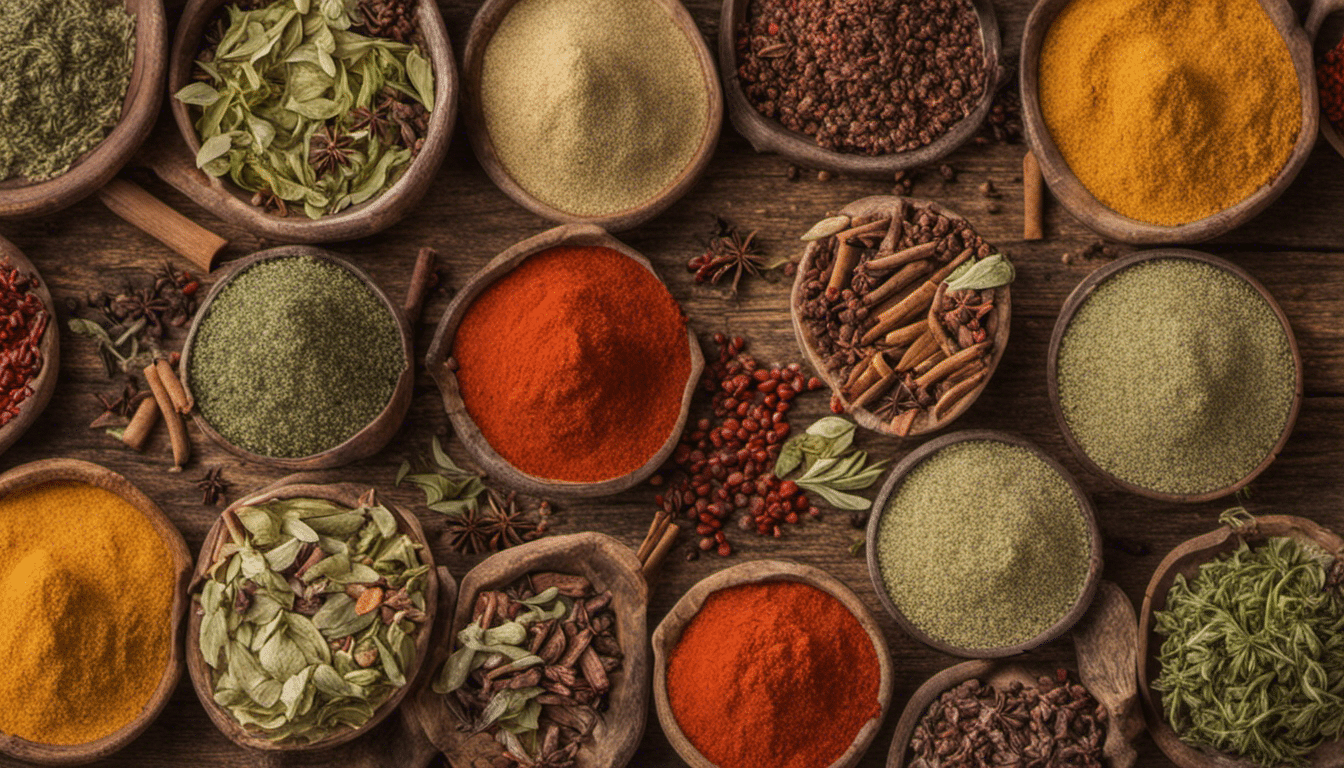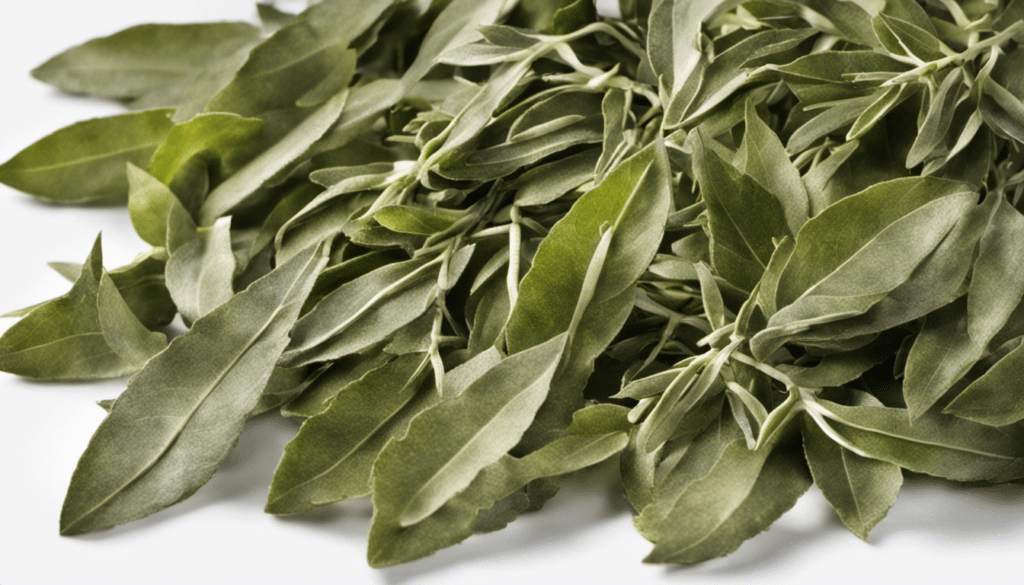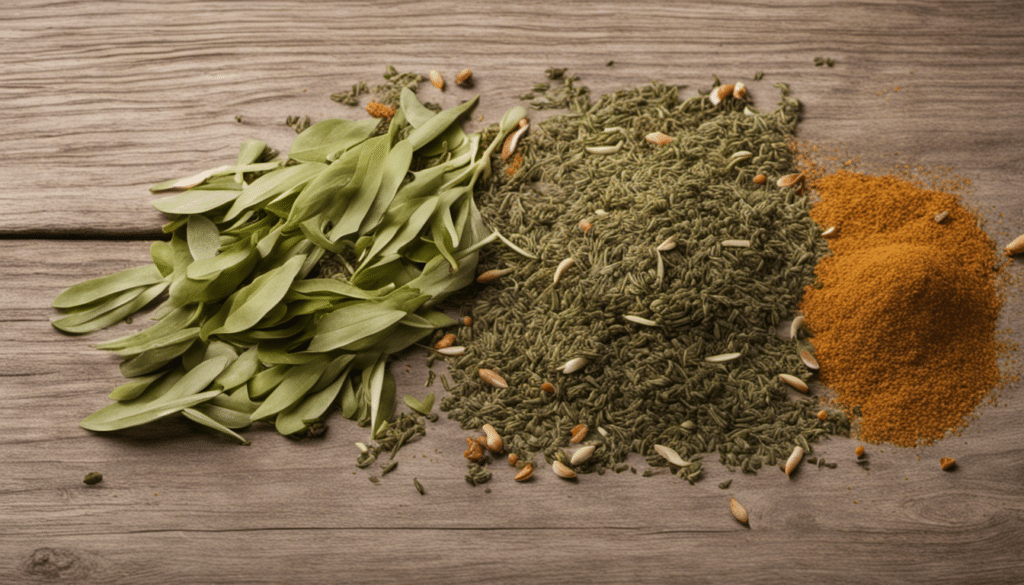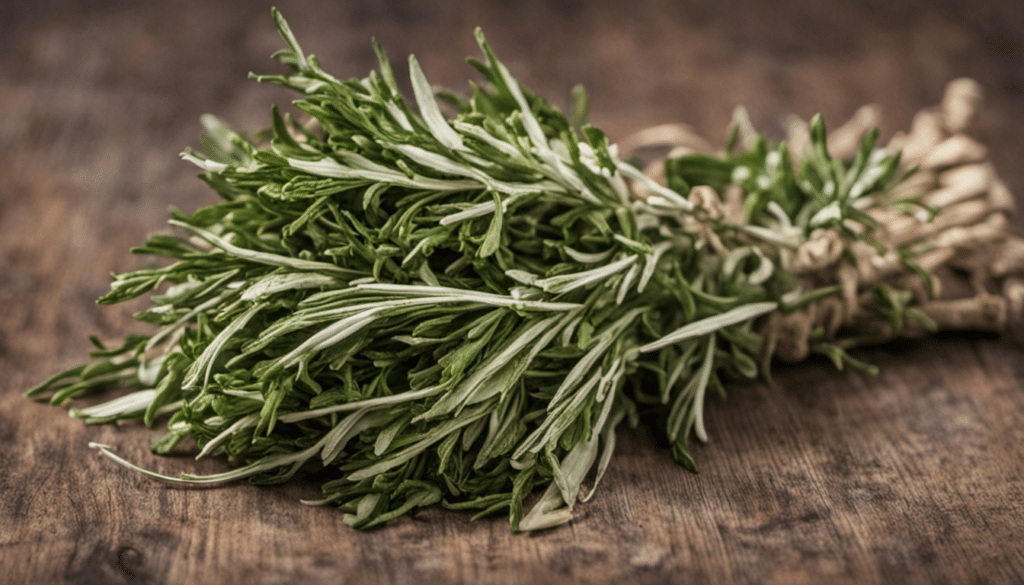Everything You Need to Know About Caraway
The Origins of Caraway
Caraway, known scientifically as Carum carvi, is a biennial plant well-regarded for its aromatic seeds, which are classified as a spice. Also known by other names such as Persian cumin, meridian fennel, or wild cumin, this ancient spice is native to Western Asia, Europe, and Northern Africa. The plant is a member of the Apiaceae family, which additionally counts parsley, dill, and coriander among its ranks. You can find more about its origins on the Britannica website.
Culinary Uses of Caraway
In the culinary world, caraway seeds are used to impart a sweet, mild anise-like flavor to dishes. The seeds are often used in bread, also used to flavor desserts, liquors, casseroles, and curry. The leaves are edible and can be used as herbs, just like parsley. Due to its similarity to cumin and fennel, caraway is often substituted for these spices, resulting in a unique flavor profile. For more information on how to use Caraway in cooking, you can check out the MasterClass article on cooking with caraway seeds.
Health Benefits of Caraway
Apart from its culinary uses, Caraway is also lauded for its potential health benefits. The seeds contain essential oils, flavonoids and other beneficial compounds that may contribute to its medicinal properties. Historically, it has been used for digestive problems including heartburn, bloating, gas, loss of appetite, and mild gastrointestinal spasms. It may also have antimicrobial, anti-inflammatory, and antioxidant effects. For a comprehensive look at its health benefits, take a peek at the article Healthline’s analysis on the potential health benefits of caraway seeds.
Whether in the realm of gastronomy, pharmacy, or even perfumery, the humble but mighty caraway seed continues to be an aromatic powerhouse—no kitchen should be without it!
Caraway Recipe Ideas
- Caraway Roasted Potatoes
- Caraway Seed Bread
- Rye and Caraway Crackers
- Braised Cabbage with Caraway
- Caraway Cheese Spread
- Caraway Chicken Stew
- Carrot and Caraway Soup
- Beetroot and Caraway Salad
- Savoy Cabbage with Caraway and Raisins
- Corned Beef with Caraway Glaze




